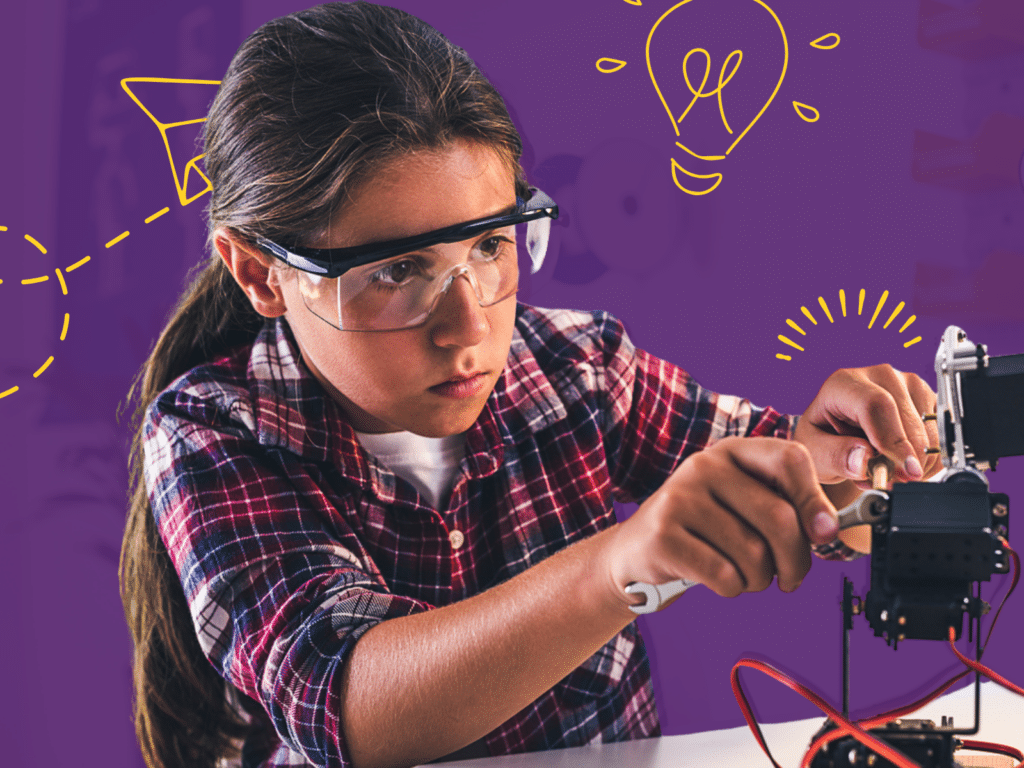Our potential needs to be unleashed. And in children, that comes from encouragement as well as challenges. Girls need to be pushed and told that they can grow in order to see their potentail and this needs to be done when they’re young.
By the time a girl is 7 years old, her brain has reached nearly its full size. The brain’s billions of neuronal pathways continue to grow and develop, but unused pathways are pruned away as a girl’s experience helps determine how her brain is sculpted. Early experiences matter in ways that neuroscientists are still discovering. Genes and experiences are intertwined in determining future capacities and talents. Here are a few facts to consider regarding the brain:
- A brain is made up of at least 100 billion neurons.
- Each neuron processes 10,000 connections.
- The brain changes through experience and environment.
- Synapses evolve as you learn and remember new things.
- Children’s brains have two times as many synaptic connections as adults.

-
Gender matters. “Boys and girls are different,” says Dr. Lise Eliot, neuroscientist and author of Pink Brain, Blue Brain. “This fact, obvious to every previous generation, comes as a bewildering revelation to many parents today.” But sensational reporting of boy-girl differences have exaggerated the extremes, Dr. Eliot says.What really happens “is that the brains of boys and girls are more similar than their well-described behavioral differences would indicate,” she says. “Just as boys’ and girls’ bodies are more androgynous at birth than they end up in adulthood, their brains appear to be less sexually differentiated than adult men’s and women’s. This doesn’t mean, however, that neuroscience can’t teach us something about sex differences in children.”
Early-age development is crucial to how the brain will function later on, and how children and adults will consider themselves, at least in terms of problem-solving and self-image and the possibility for success.During the first few months of life, infants “undergo what endocrinologists refer to as a mini-puberty,” Dr. Eliot says. “Boys experience a surge of testosterone… Girls undergo an estrogen rise within a similar time frame… Clearly, sex hormones are flowing early in life.
Though there is little evidence of it in newborns’ behavior, boys and girls are undergoing their separate mini-puberties, which may have lasting consequences for how their brains and bodies develop further.”We need to be aware of this, so that we can make sure that we nurture the development of our daughters’ neural pathways, and that we offer them as early as possible the chance to build brainpower and acquire confidence in their abilities.
I’d love to hear from you. Have you noticed significant differences in how boys and girls—perhaps your sons and daughters—perceive the world around them? What did this mean to you? Thank you for sharing. I appreciate your comments.



